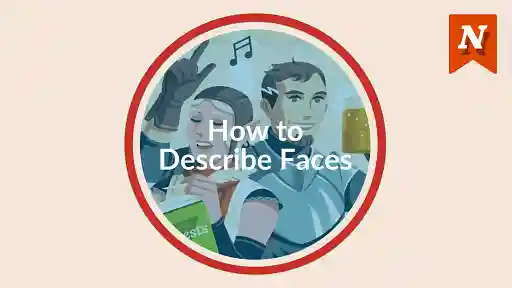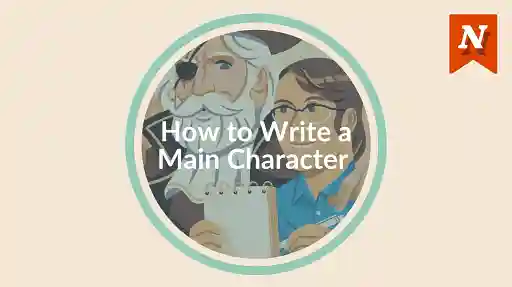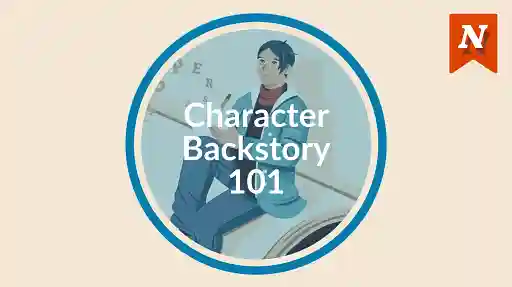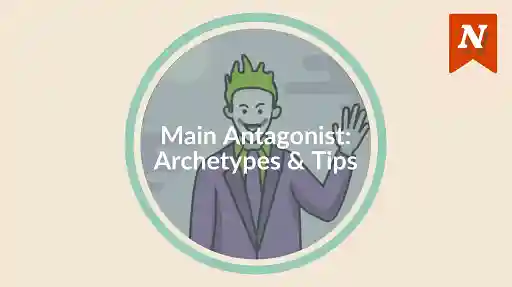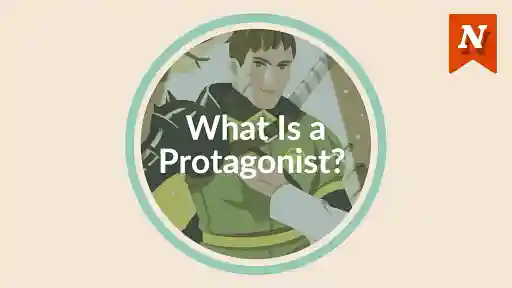Remembering characters of personality such as extroversion and introversion will help you create characters who contrast with each other. Here are 7 ways to use concepts of personality to create a richer cast of players:
How to create characters with personality
- Use the 'Big Five' personality traits
- Play with temperaments
- Explore archetypes
- Fill out character questionnaires
- Play with Venn diagrams
- Get inspiration from Myers-Briggs
- Use attachment theory
Let's dive in:
1. Draw on the 'Big Five' psychology traits
Psychologists have developed many ways to compare and understand personalities.
One such system is the 'Big Five' traits, a concept developed in the 70s. In this system, the 5 broad characters of personality are:
- Openness: How open a person is to experience (greater openness typically meaning a person is more curious and open to adventure and new experiences).
- Conscientiousness: People who score high on this trait tend to be more organized and are governed by strong feeling of duty or responsibility.
- Extroversion: Extroverts are outgoing, the social butterflies of society, whereas introverts require more solo time and prefer smaller groups to larger.
- Agreeableness: Having more of this character trait corresponds with being warmer, kinder, more trusting, helpful and compassionate.
- Neuroticism: Higher neuroticism links to higher anxious and obsessive tendencies.
The Big Five can be helpful to brainstorm different characters' quirks.
Take a list of 5 characters (or make up five names) and give each of them one of the above traits as their dominant personality element.
Now answer the following questions for each:
- What career might they be drawn to due to this type?
- What might they find attractive in potential partners due to this type? (For example, a neurotic may find someone very stable and consistent appealing)
- Imagine a tricky situation being this type could land each character in
2. Play with temperaments
The concept of 'The Four Temperaments' goes back to antiquity. Ancient thinkers thought of personality as linked to 'humours', four bodily fluids that affected a person's mood and emotion.
We still can learn something about the ways characters' personalities contrast, combine and create harmony or conflict using these models. The four temperaments are:
- Melancholic: Having a wistful, sad or negative bias (example: Eeyore in A.A. Milne's Winnie the Pooh books)
- Phlegmatic: Having an easy-going, sometimes plodding nature (e.g. Pooh bear in Winnie the Pooh)
- Sanguine: Having a happy, outgoing character (e.g. the bouncy tiger called Tigger in Milne's series)
- Choleric: Having a fiery, explosive character (the bossy and irritable character Rabbit in Winnie the Pooh fits this type)
In Milne's Winnie the Pooh series, the contrasts between temperaments are highlighted in various incidents.
For example, when the easy-going, phlegmatic Winnie the Pooh is stuck in the entrance-way to Rabbit's home because he's eaten too much, the choleric Rabit is openly irritable but quickly takes charge.
When you create characters, think about how their temperaments may influence their actions.
For example, a melancholic person might enjoy a sanguine person's optimistic qualities. However, a depressed melancholic could also find their bouncy energy irritating (as Eeyore finds Tigger in Milne's books).
As an exercise, brainstorm two characters in a relationship who each have one of the four temperaments as their dominant personality traits.
What elements of the other person's traits first attracted them? What grows frustrating at times about them?
3. Explore archetypes
Archetypes - stock personality type ideas that recur in culture (e.g. 'The Warrior') - are also useful characters of personality.
The 12 archetypes theorized by Carl Jung are helpful for thinking about characters' motivations and drives and how they differ:
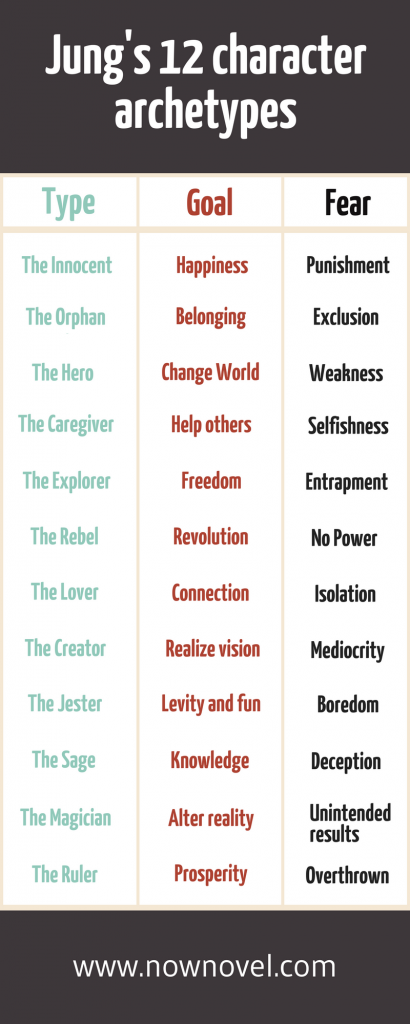
How would a 'Caregiver' archetype, whose motivation is to help others, relate to a 'Ruler' whose prime goal is prosperity or gaining power?
What are the pitfalls of this dynamic between two characters?
For example, the ruler may turn on a caregiver when their help is no longer required or useful to their quest for power.
Exercise
Brainstorm two characters whose primary personality traits match two archetypes from the list of 12 above.
Now write down:
- Something they both strongly agree on.
- Something that's a source of conflict between them.
4. Fill out character questionnaires
Answering prompts about characters is a useful way to brainstorm personality traits.
Many tests evaluating personality use this approach.
Use the 'Characters' section in the Now Novel dashboard to work out characters' personalities in easy steps (create your first character for free now).
Try write your own questions to characters, too, and answer as your characters. For example:
- What has been the primary motivator in your life so far - love, fear or knowledge?
- Would you rather good things happen or interesting things?
- What is a secret about yourself you would be embarrassed to tell even your closest friend?
5. Play with Venn diagrams
A Venn diagram shows all possible logical relations between sets of information. For example, this fun diagram by Stephen Wildish shows overlapping attributes of famous superheroes:
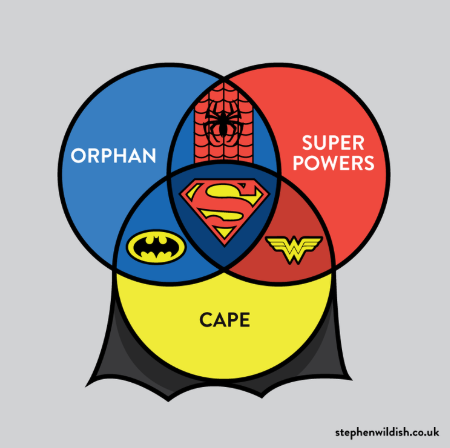
Only Superman wears a cape, is an orphan, and has super powers. Batman has the cape and is an orphan, but his powers derive from fancy tech.
Try to create a Venn diagram showing areas of overlap between characters. You could, for example, create a Venn diagram with 5 circles labelled with the 'Big Five' personality traits, then write each of your characters' names in the corresponding sections where traits they have overlap.
See for example this simple Venn diagram of Winnie the Pooh characters and where they fall under the 'Big Five' personality types:
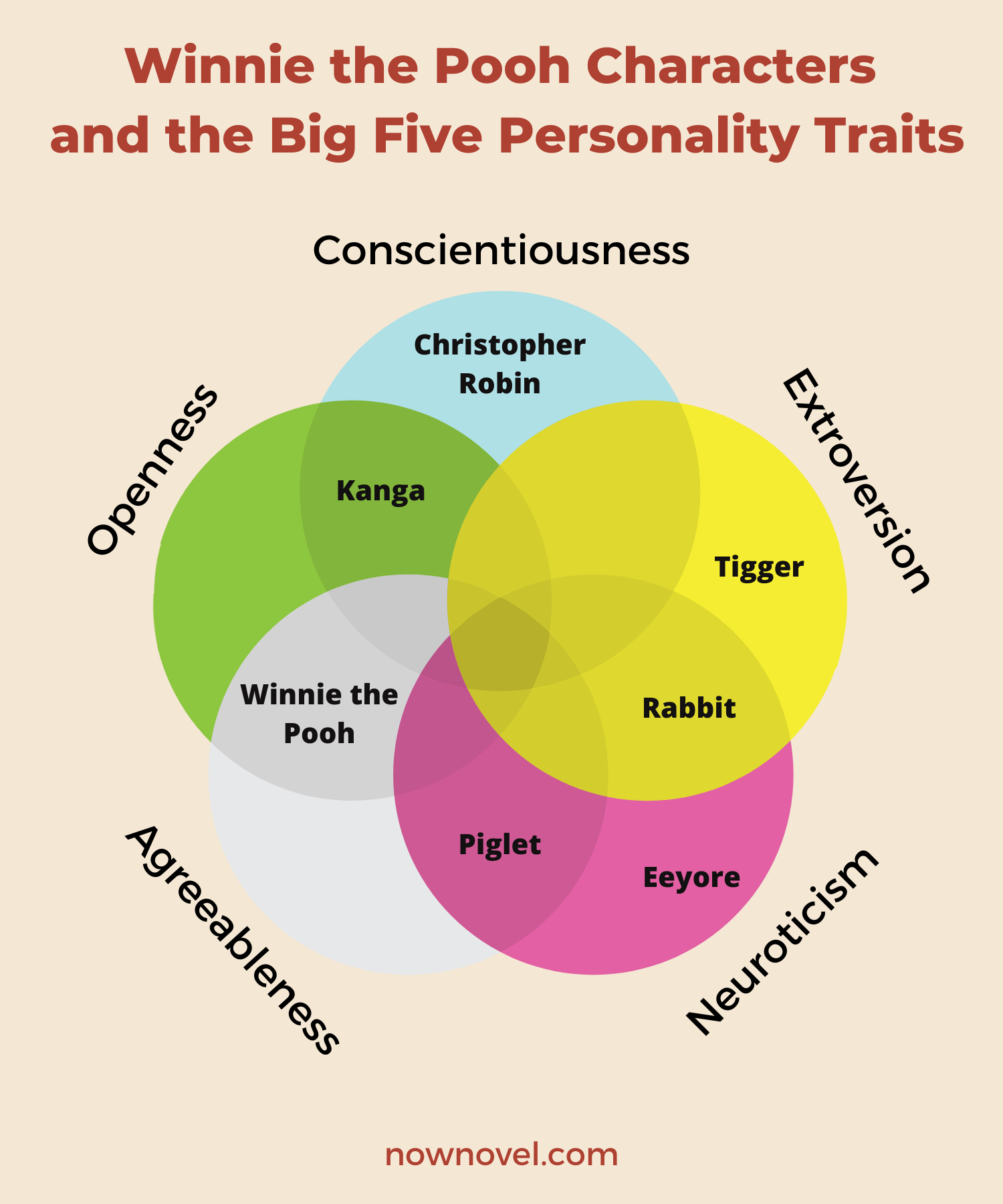
6. Get inspiration from Myers-Briggs
The Myers-Briggs Type Indicator is a questionnaire designed to categorize how different people perceive the world and make decisions.
This system was devised by two Americans, Katharine Cook Briggs and her daughter Isabel Briggs Myers. It draws on Carl Jung's theory that people experience the world using four principle psychological functions: Sensation, Feeling, Intuition and Thinking.
Taking a questionnaire assigns you one of 16 possible combinations of attributes aligned to the four above functions.
Many people have applied this personality model to fictional characters. See, for example, this infographic of Harry Potter characters as Myers-Briggs types:
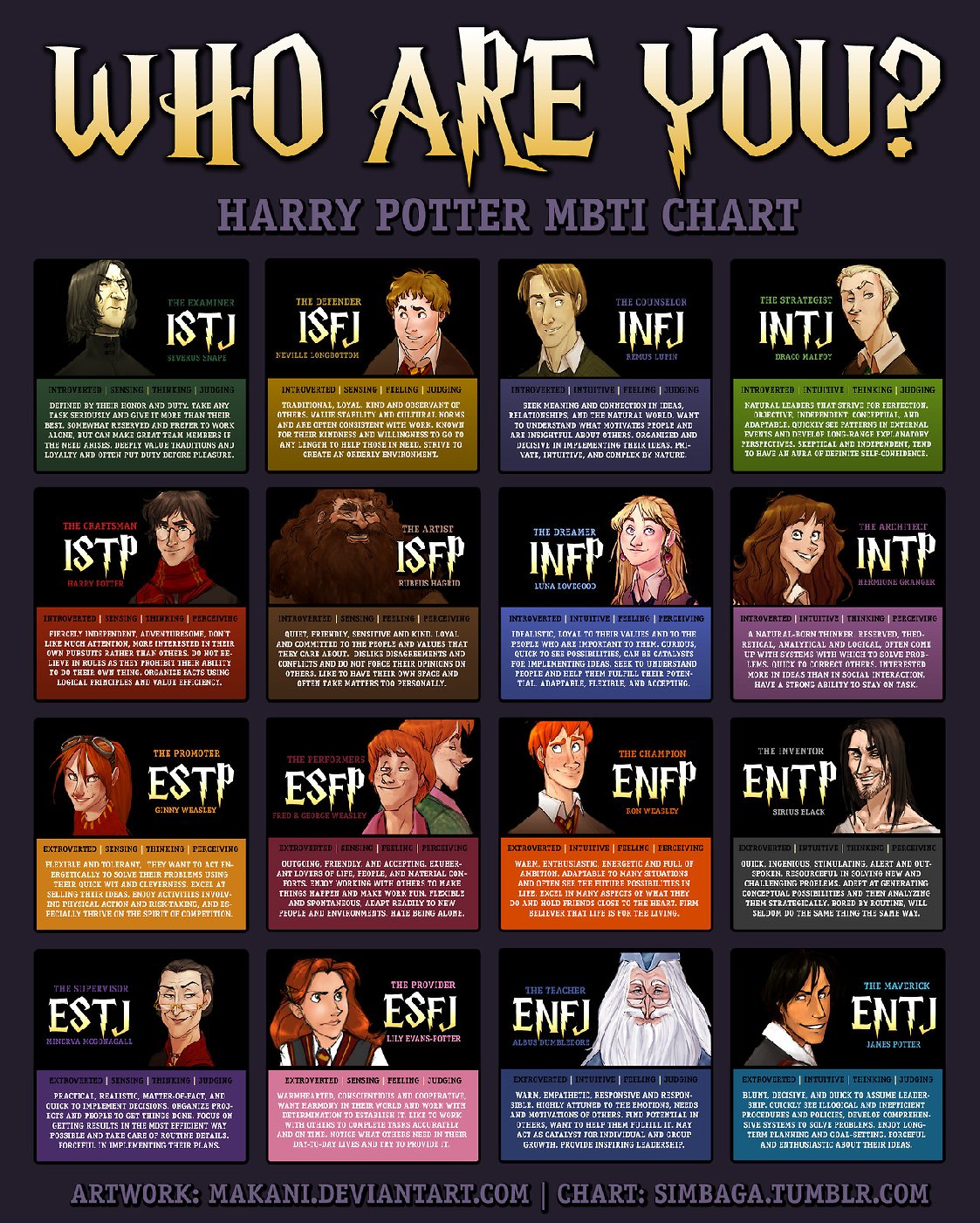
As an exercise, take a free Myers-Briggs test but answer it as one of your characters instead of yourself. Imagine how they respond to each question.
This is a fun way to think a little deeper about who your characters are.
7. Use attachment theory
There are many useful concepts from psychology that can help you write about characters and their intimate relationships in a believable way.
Attachment theory is one such concept. It explores how people form 'attachment styles' from a young age based on primary relationships (such as parental relationships).
The four attachment styles are:
- Secure (autonomous)
- Avoidant (dismissing)
- Anxious (preoccupied)
- Disorganised (unresolved)
A character who has an avoidant (dismissing) attachment style might find it unsettling to grow more intimate with a significant other, because they avoid attachment.
A person with this attachment style primarily values independence and is not typically concerned about whether others are available.
By contrast, people who have an anxious attachment style crave greater intimacy with others and tend to feel anxiety about the other's availability.
Read the full article linked here for a fuller explanation of attachment theory. When writing characters in a relationship, ask:
- What is each person's attachment style and why? (for example, an avoidant character who runs away from conflict may have had an emotionally unavailable parent, leading them to learn this way of relating)
- How does the combination of your characters' attachment styles affect their relationship? What ways do their similarities or differences make the relationship closer or more strained?
Brainstorm characters in easy steps and answer simple prompts to discover their personalities in Now Novel's story outlining dashboard.

